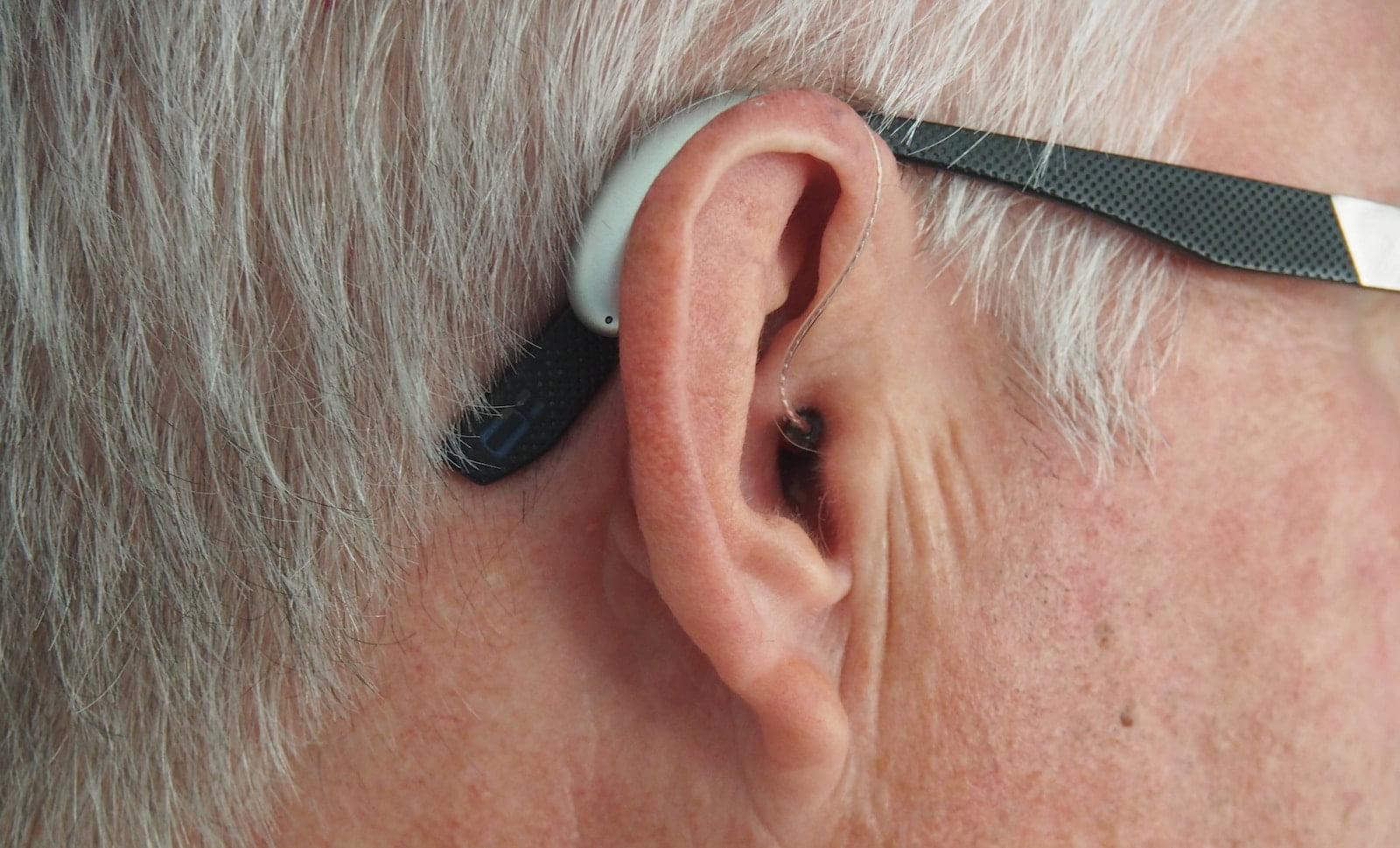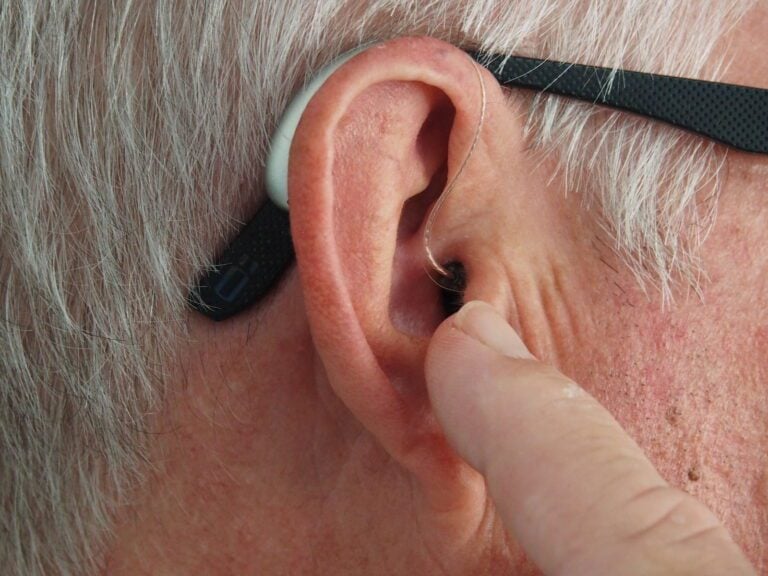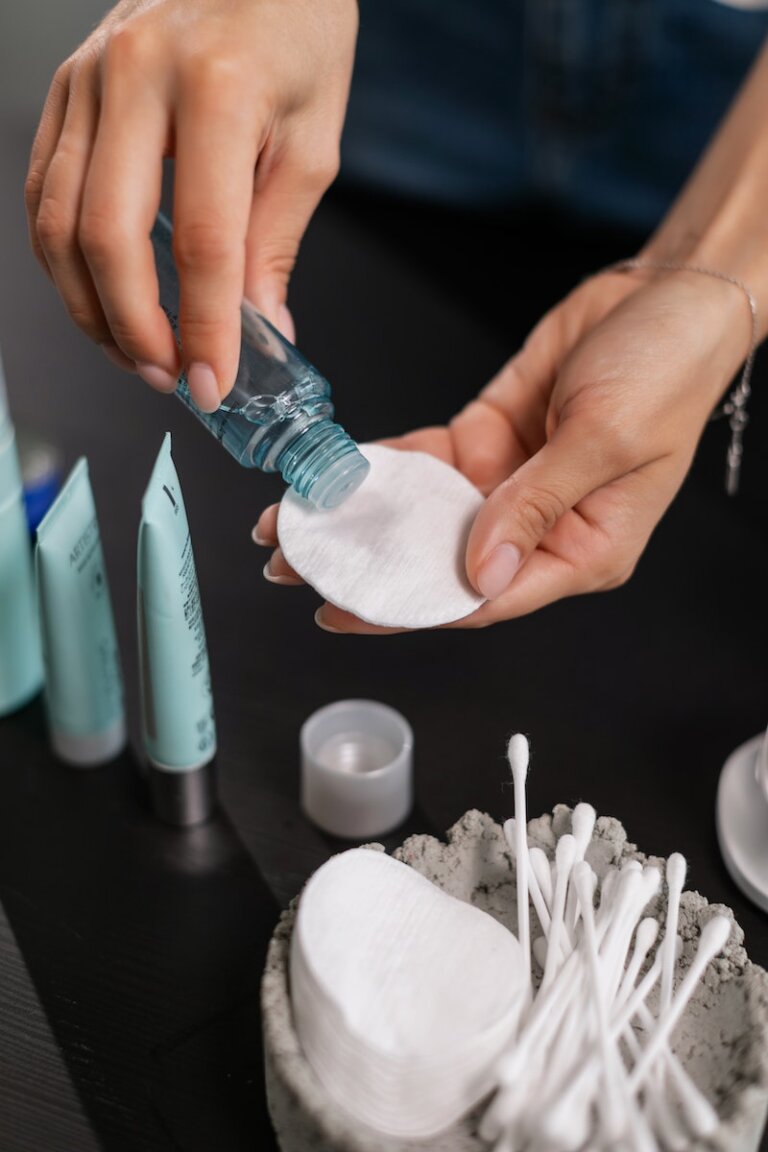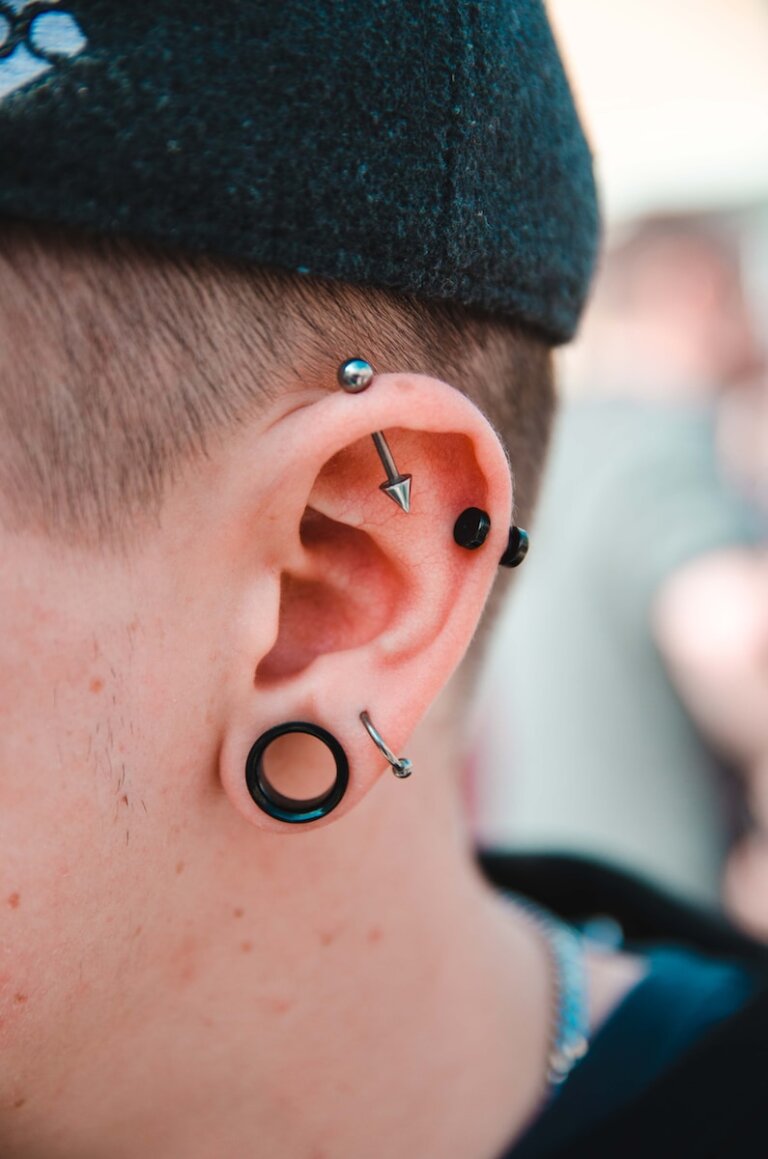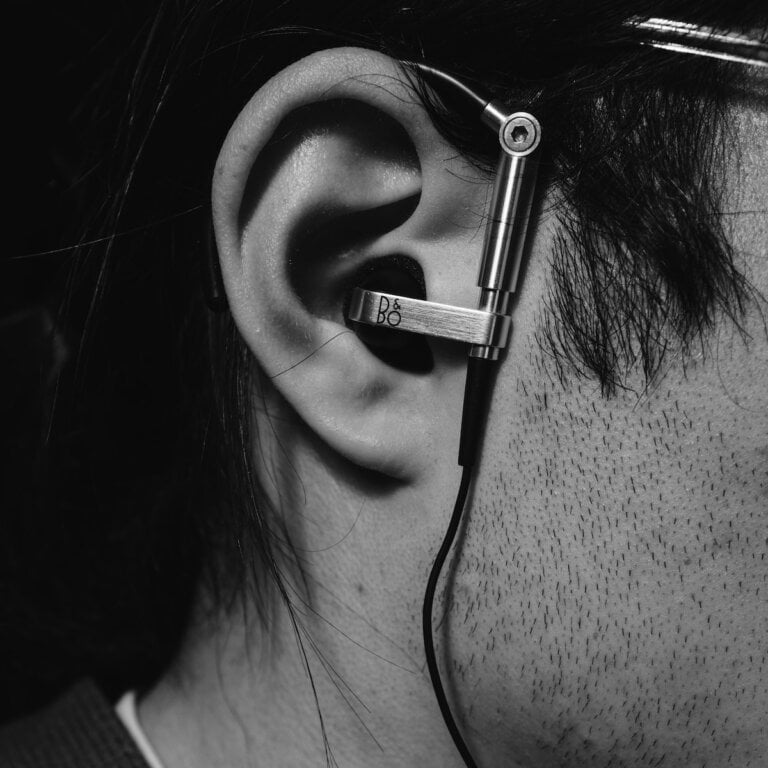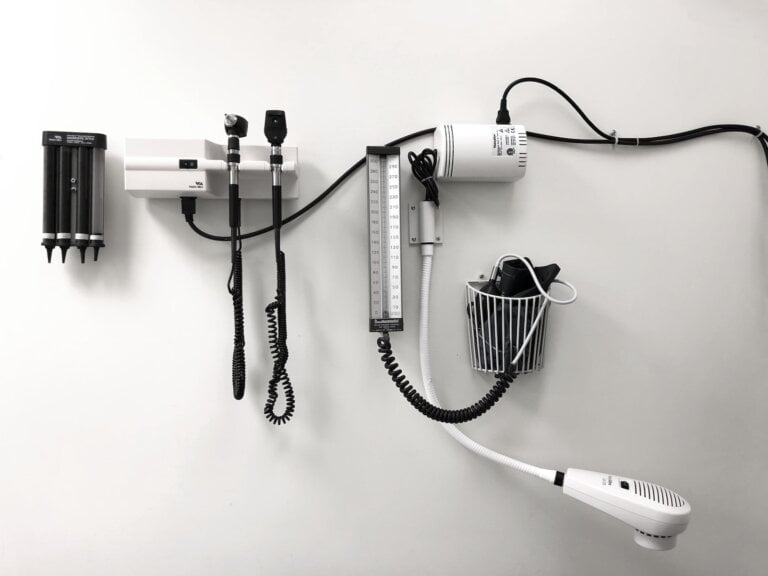The Sound of Success: Manual Instrument Ear Wax Removal Success Stories
Ear wax, also known as cerumen, is a natural substance produced by the glands in the ear canal. While it serves a protective role by trapping dust and foreign particles, excessive buildup can lead to discomfort, hearing loss, and even infections. Therefore, it is important to properly remove ear wax when necessary.
In recent years, manual instrument ear wax removal has gained popularity as an effective method to safely remove excessive cerumen. This technique involves using various tools, such as ear curettes, forceps, or suction devices, to gently extract the wax from the ear canal. Many individuals have shared their success stories with this method, highlighting its effectiveness and providing valuable insights for those seeking a solution to their ear wax problems.
The Benefits of Manual Instrument Ear Wax Removal
Manual instrument ear wax removal offers several advantages over other methods, such as ear irrigation or home remedies. Here are some key benefits:
- Precision and Control: Unlike irrigation, manual instrument removal allows for precise targeting of the ear wax. This ensures that only the excess wax is removed, minimising the risk of damage to the ear canal or eardrum. With the use of specialised tools, trained professionals can navigate the delicate structures of the ear and safely remove the wax.
- Immediate Results: In many cases, individuals experience instant relief and improved hearing after manual instrument ear wax removal. This can be particularly beneficial for those with severe blockages or discomfort. The removal of excess wax allows sound waves to travel freely through the ear canal, leading to clearer and more natural hearing.
- Safe and Minimally Invasive: When performed by a trained professional or under their guidance, manual instrument removal is a safe and gentle procedure. It reduces the risk of complications that may arise from alternative methods, such as the accidental introduction of water into the ear. The use of appropriate tools and techniques ensures that the procedure is minimally invasive and avoids any harm to the delicate structures of the ear.
Success Stories: Real Experiences with Manual Instrument Ear Wax Removal
- John’s Story: John had been struggling with muffled hearing and occasional ear pain for weeks. After trying home remedies without success, he decided to visit an ear specialist who performed manual instrument ear wax removal. John described the procedure as painless and quick. The specialist used a delicate ear curette to gently scoop out the excess wax. He immediately noticed a significant improvement in his hearing and felt relieved from the discomfort. John’s success story highlights how manual instrument ear wax removal can provide rapid relief for individuals experiencing ear wax-related issues.
- Sarah’s Story: Sarah had a history of excessive ear wax production, which often led to blockages and earaches. Tired of relying on over-the-counter drops, she sought professional help and underwent manual instrument ear wax removal. According to Sarah, the procedure was comfortable and efficient. The audiologist explained each step and made her feel at ease throughout the process. The specialist used forceps to carefully grasp and remove the wax. Sarah was thrilled with the immediate results and the long-lasting relief it provided. Sarah’s experience demonstrates how manual instrument ear wax removal can be a reliable solution for individuals with recurring wax problems.
- Mark’s Story: Mark, an avid swimmer, frequently experienced water trapping in his ears, leading to stubborn wax build-up. He decided to try manual instrument removal after an audiologist recommended it. Mark described the procedure as gentle and effective. The audiologist used a suction device to suction out the wax and clear his ear canal. He appreciated the audiologist’s expertise in navigating the delicate anatomy of his ear. Following the removal, Mark noticed a significant improvement in his hearing and a reduced risk of ear infections. Mark’s story showcases how manual instrument ear wax removal can address specific challenges, such as water trapping, and restore optimal ear health.
How to Prepare for Manual Instrument Ear Wax Removal
If you are considering manual instrument ear wax removal, it is essential to follow these steps for a successful and safe procedure:
- Consult a Professional: Seek the assistance of a trained audiologist or ear specialist who can perform or guide you through the process. They will assess your condition, determine the severity of the wax buildup, and recommend the most suitable course of action. A professional’s expertise ensures that the procedure is tailored to your specific needs, increasing the chances of a successful outcome.
- Avoid Self-Attempts: While tempting, it is crucial to avoid attempting manual instrument removal on your own, especially if you lack experience or proper training. Improper techniques or the use of inappropriate tools can lead to injuries or complications. Entrusting the procedure to a trained professional ensures that it is performed safely and effectively.
- Inform the Specialist: Before the procedure, inform the specialist about any medical conditions, allergies, or previous ear surgeries. This information will help them tailor the technique to your specific needs and minimise potential risks. By providing a comprehensive medical history, you enable the specialist to make informed decisions and ensure your safety throughout the procedure.
- Follow Pre-Procedure Guidelines: The specialist may provide specific instructions to prepare your ears for the removal process. This might include avoiding the use of certain ear drops or other substances, as well as refraining from swimming or exposure to excessive moisture. Adhering to these guidelines helps create an optimal environment for the procedure and enhances the chances of a successful wax removal.
Post-Procedure Care and Considerations
After manual instrument ear wax removal, it is important to take certain precautions and follow the specialist’s recommendations:
- Avoid Excessive Moisture: Keep your ears dry for a few days following the procedure to prevent any potential irritation or infection. Excessive moisture can disrupt the healing process and increase the risk of complications. To protect your ears, consider using earplugs or cotton balls coated with petroleum jelly when showering or swimming. These barriers help keep water out of the ear canal and maintain a dry environment.
- Refrain from Inserting Objects: Resist the urge to insert cotton swabs or other objects into your ears. This can push wax deeper or cause damage to the delicate structures within the ear. Instead, allow the ear to naturally clear itself and follow the specialist’s advice regarding post-procedure ear care. If you have concerns or experience any discomfort, consult your specialist for guidance.
- Schedule Regular Check-ups: Depending on your individual situation, the specialist may advise regular check-ups to monitor your ear health and manage any recurring wax issues. Adhering to these appointments will help ensure the long-term success of manual instrument ear wax removal. Regular evaluations allow the specialist to detect early signs of wax buildup or other ear conditions and take necessary preventive measures.
In conclusion, manual instrument ear wax removal has proven to be a successful and reliable method for many individuals struggling with excessive cerumen. The technique offers precision, immediate results, and a safe approach when performed by professionals. Through the shared success stories, we can understand the positive impact this procedure has had on individuals’ hearing and overall well-being. If you are considering manual instrument ear wax removal, consult a trained specialist who can guide you through the process and provide the best care for your specific needs. By following proper preparation and post-procedure care, you can improve your ear health and enjoy the sound of success.
FAQ
Q: What is manual instrument ear wax removal?
A: Manual instrument ear wax removal is a technique that involves using specialised tools, such as ear curettes, forceps, or suction devices, to gently extract excess ear wax from the ear canal.
Q: What are the benefits of manual instrument ear wax removal?
A: Manual instrument ear wax removal offers precision and control, immediate results, and a safe and minimally invasive approach compared to other methods like ear irrigation or home remedies.
Q: Can manual instrument ear wax removal provide instant relief and improved hearing?
A: Yes, many individuals experience instant relief and improved hearing after manual instrument ear wax removal, particularly for those with severe blockages or discomfort.
Q: How should I prepare for manual instrument ear wax removal?
A: To prepare for manual instrument ear wax removal, it is important to consult a professional, avoid self-attempts, inform the specialist about any medical conditions or previous ear surgeries, and follow any pre-procedure guidelines provided by the specialist.

